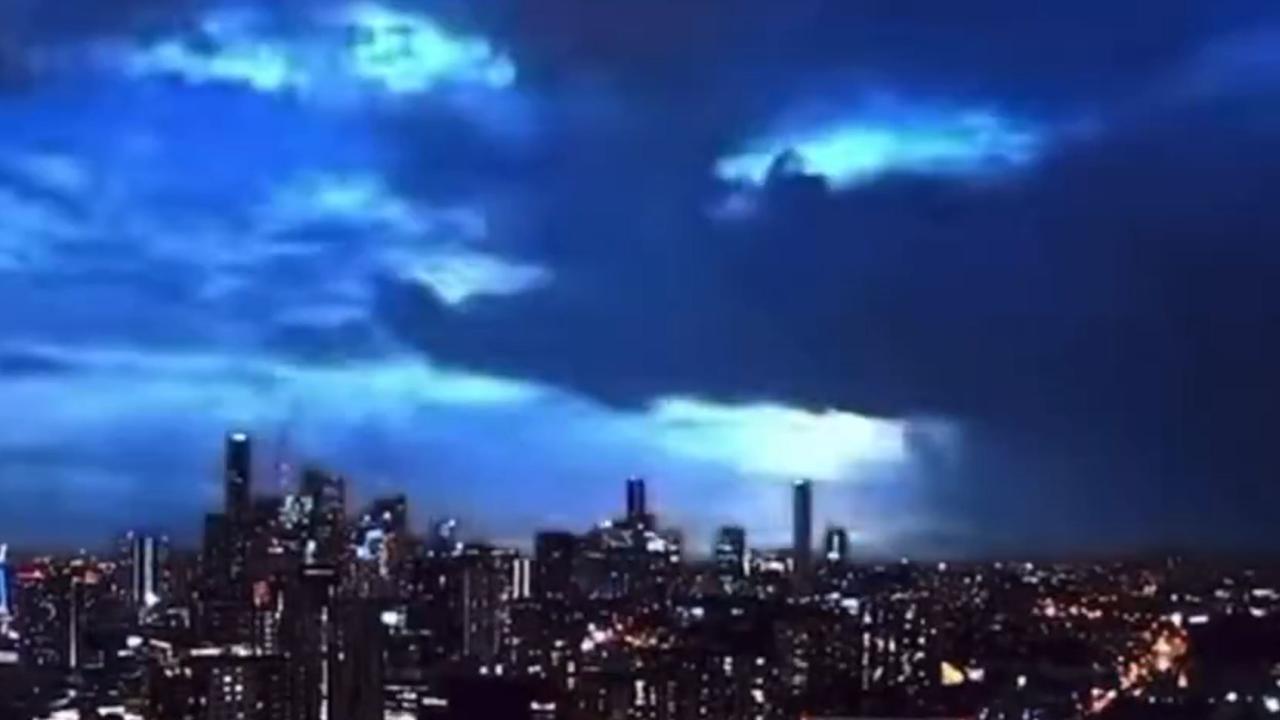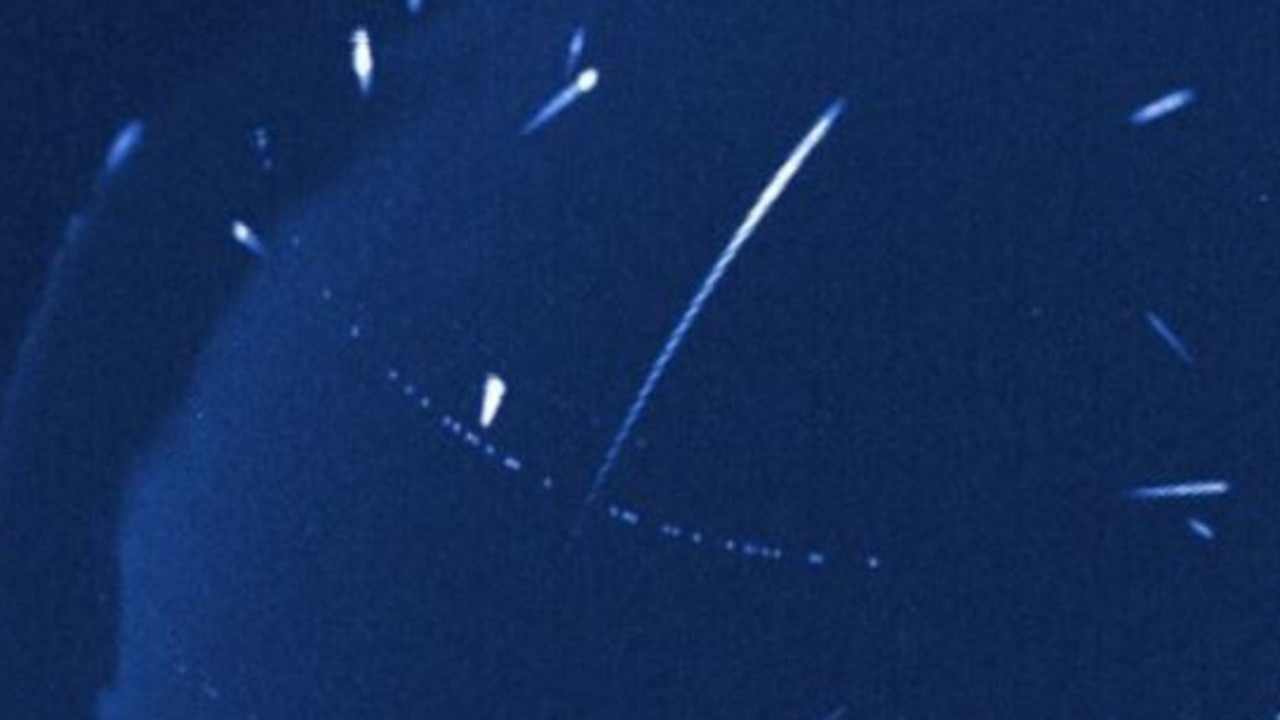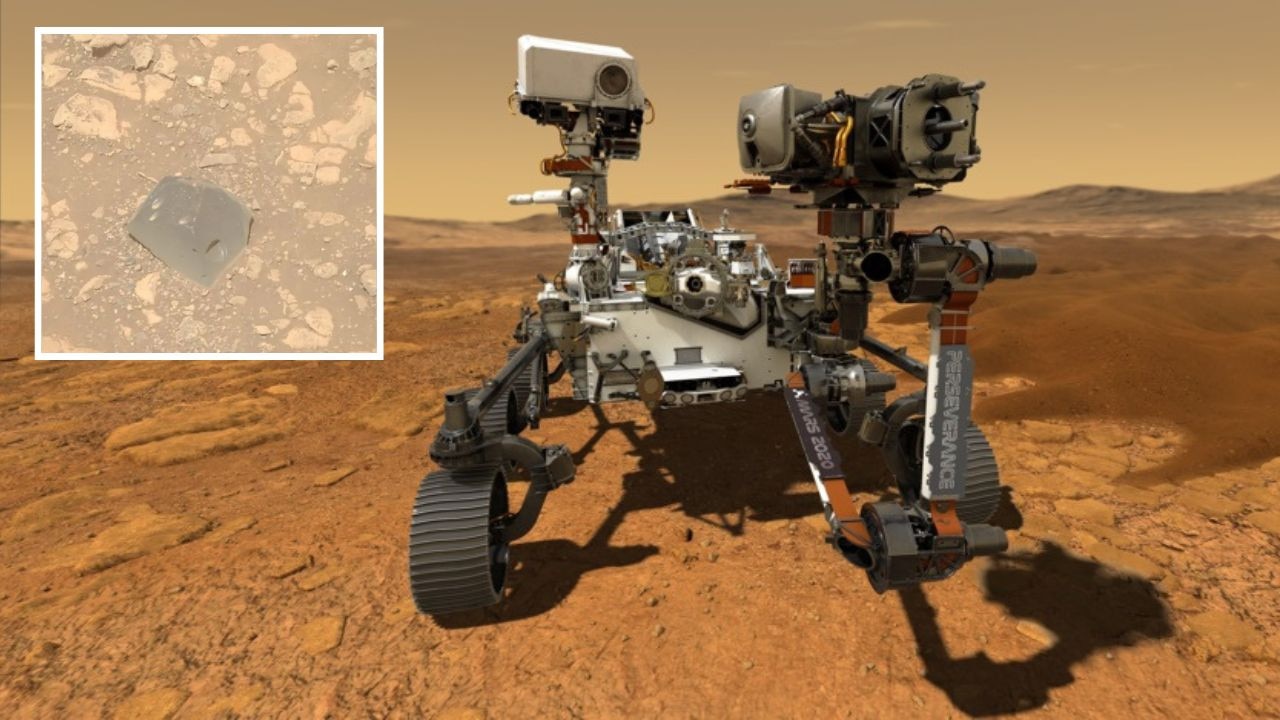Hubble finds TRAPPIST-1, with its seven ‘habitable’ planets, can contain liquid water
A NEARBY star was found to be home to seven worlds, not too hot - not too cold. Now the Hubble Space Telescope has confirmed the presence of a vital ingredient.
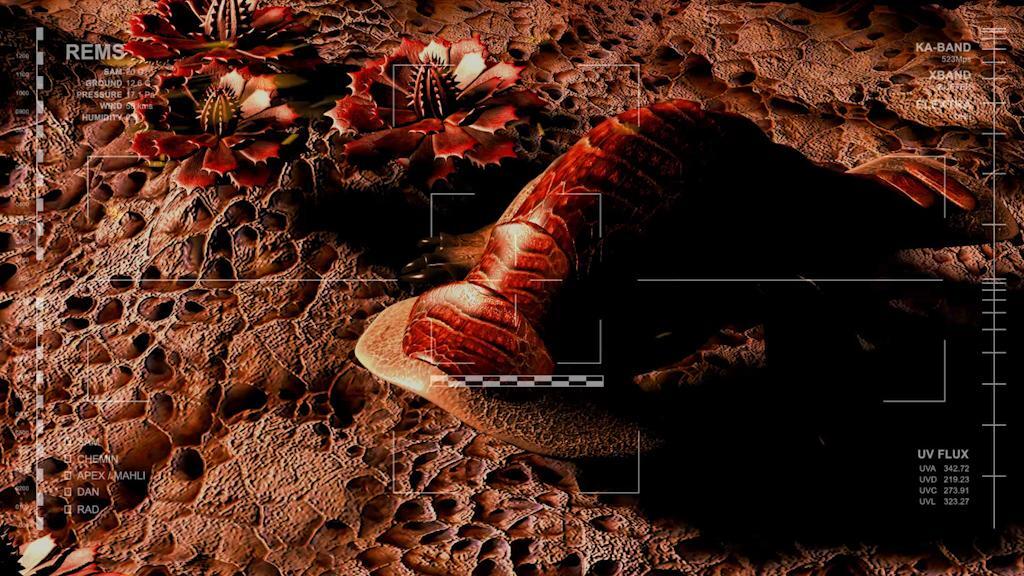
A NEARBY star was found to be home to seven worlds neither too hot, nor too cold, to support life. Now the Hubble Space Telescope has confirmed the presence of a vital ingredient.
News that the dwarf star TRAPPIST-1 was home to seven planets potentially in its habitable goldilocks zone was met with great fanfare when the announcement was made earlier this year.
As it is relatively close (a mere 40 light years), telescopes around the world — and above it — have been peering intently at its pinprick of light to see what more they can discern.
And it’s the Hubble Space Telescope which has once again delivered the goods.
An international team of astronomers has been analysing Hubble photographs to determine how much free-floating hydrogen was in and around the system, as well as how intense TRAPPIST-1’s Ultra Violet radiation is.
This is to determine whether or not water molecules would be able to survive in the planets’ atmospheres.
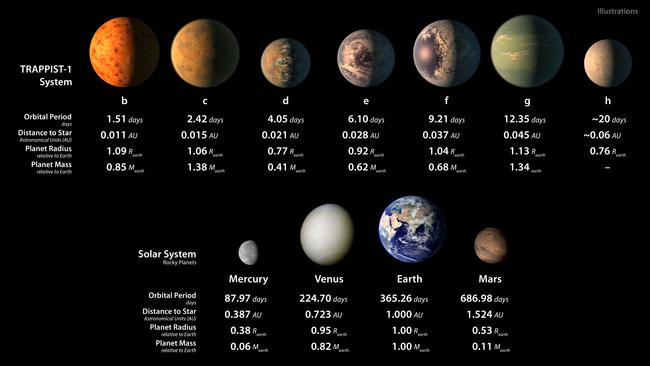
“As in our own atmosphere, where ultraviolet sunlight breaks molecules apart, ultraviolet starlight can break water vapour in the atmospheres of exoplanets into hydrogen and oxygen,” Observatoire de l’Université de Genève astronomer Vincent Bourrier says.
In doses too high, UV can render a planet sterile — and dry — through enabling hydrogen and oxygen atoms to escape the atmosphere.
EXPLORE MORE: Life on red dwarf worlds will be utterly unlike our own
That appears to be the case for TRAPPIST-1’s closest worlds, 1b and 1c. These will have lost some 20 times more water than Earth holds over their 8 billion-year lifetime, the study says.
But the story is different for the outer planets.
These will still have been bombarded with enough UV light to have caused them to lose water.
But nowhere near as much.
The astronomers have calculated water loss rates that suggests these worlds could retain more than enough to be favourable for life.
And that’s important.
Planets orbiting dwarf stars are different to our own in that they are tidally-locked. This means they have one face permanently facing their star, with the other in eternal darkness.
Only the movement of water can provide a heat-exchange mechanism between the two faces capable of supporting a ‘temperate’ climate around the world’s ‘twilight zone’.
“While our results suggest that the outer planets are the best candidates to search for water with the upcoming James Webb Space Telescope, they also highlight the need for theoretical studies and complementary observations at all wavelengths to determine the nature of the TRAPPIST-1 planets and their potential habitability,” Bourrier says.


